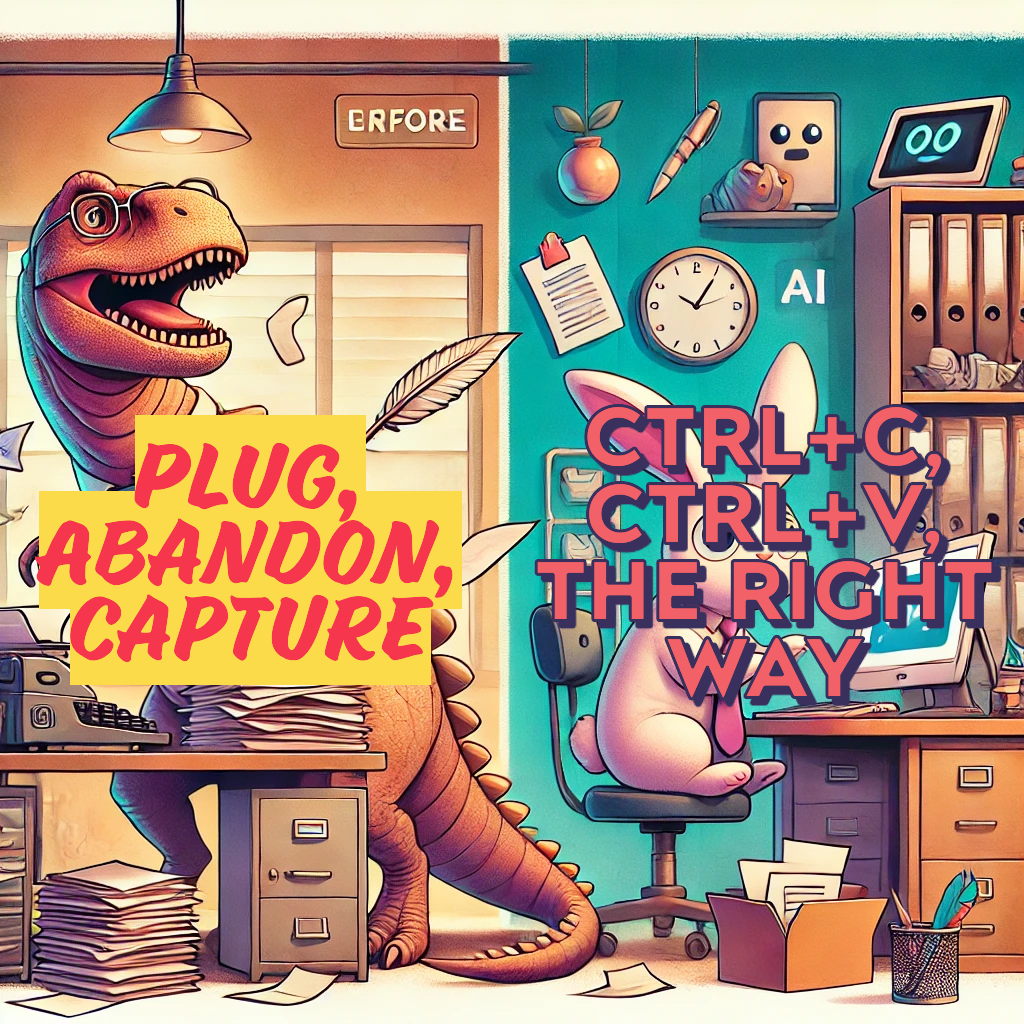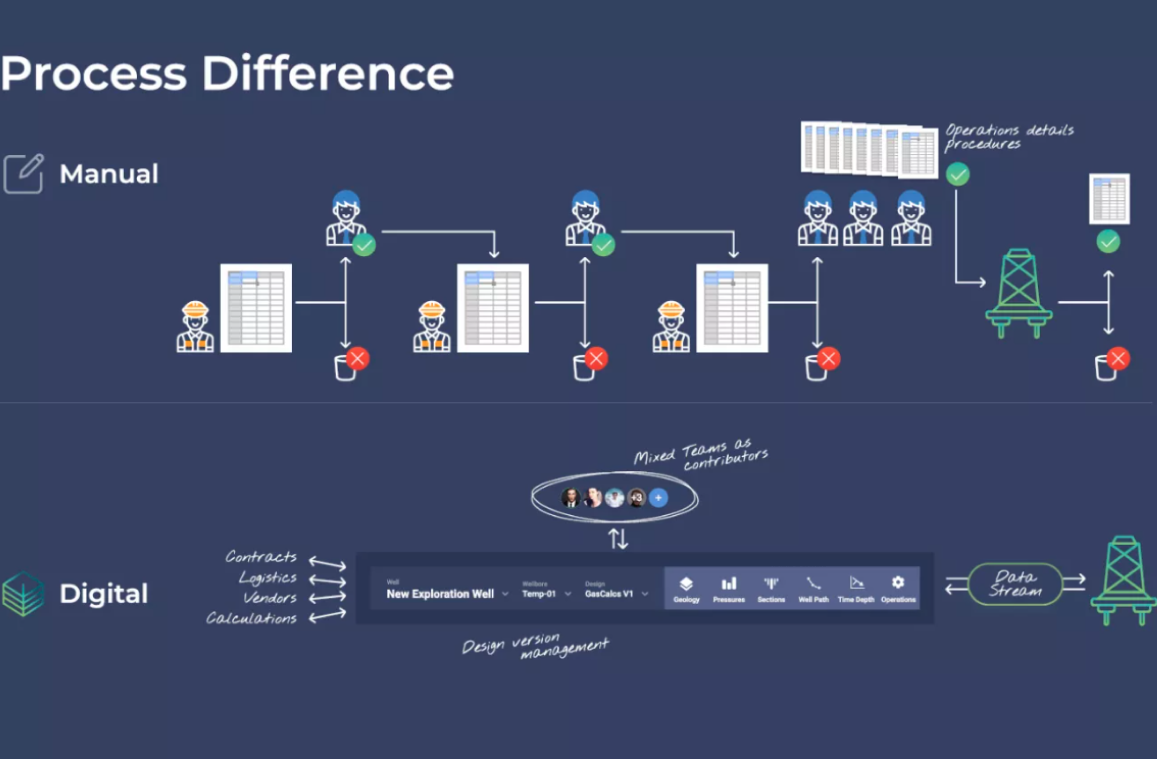Plug, Abandon, Capture: The New Frontier in Energy Operations

Every year we are drilling wells that eventually need to be permanently plugged and there is a Everest scale backlog of high risk moments floating out there, clouding every economical horizon. Carbon Capture and Storage business models depend on Storage, otherwise they would call it Carbon Capture and Leakage over Time.
In Norway alone, there are 150 wells planned for P&A the next five years, and there are a total of 2-4000 wells which are waiting for the final death punch. There seems to be a lot of uncertainty surrounding the actual number of wells that need to be plugged, but that is not the only uncertainty about plugging operations.
The workflows for planning P&A operations are the same as for planning a drilling operation. In all cases, there is an existing well with lots of information describing the state and history of installation and production. About 5000 hours are spent on getting an understanding of the geology, the pressures, operational events, and the condition of the well, as well as planning the operations. 70% of the planning time is spent searching for and managing information.
Operations for plugging are mostly done with massive rigs, but in some cases you can use lighter rig ups. When a steel pipe string needs to be pulled from the well, you need a rig that can handle the fluid volumes and pipe loads. If you can cut and cement through a cable, you can plug the well in more steps with smaller wessels.
Carbon capture and storage wells are wells that inject CO2 into tight geological zones. They are drilled as conventional wells, making a hole from seabed and into the reservoir zone. Some formations in different regions are defined by authorities as safe, and operators apply for permits to inject in these. There are a few traits that are unique:
- The pressure is expected to increase above starting point in the reservoir as fluids are injected, causing extra stress on the sealing rocks
- CO2 and water is a sour mix that corrode pipe and can deteriorate sealants
- Phase changes of CO2 adds some unpredictability of pressures and temperature
- Leaks aren’t a minor loss, it can be the end of business
Improving Carbon Capture and Plugging
Ok, so you are reading this on Pro Well Plan’s website, so you must be thinking this is all about data, and there is a call to action to start working new ways, right?
Yes, in both CCS and P&A, the integrity requirements are high. And the traditional way of working carries too high a risk. People reading documents, making spreadsheets, and starting from scratch in every well leaves little time to quality work. Too many decisions are made during operations, causing hefty cost overruns and variable outcomes.
History of wells are stored in documents spanning several decades, combined with databases which are maintained by operators or third parties. They can’t fire me, because they would have to read all those documents to replace me, and I keep my spreadsheets in a secret place - said the engineer.
But then there is modern data management and AI. Reading documents is a breeze, and with a proper data model, you can store all the important information as data points - ready to populate decisions.
After data structuring, new workflows can be made, to automate the tasks that carry the highest risk.
- Getting the status and history right
- Screening risk factors
- Evaluate operation strategies
- Plan for the outcome of operations
The 5000 hours spent on planning is easily halved when you build modern workflows, which frees up time to do more value adding work, like technology development and operations planning.
After all, the goal is to deliver operations at the lowest price, with the best quality, and with the least safety exposure. So which approach do you rely on? People reading reports and making assumptions, or data populating decisions so people can work on more value adding tasks?
Set the right KPI’s for your portfolio of abandonment wells. Teams work best with clear goals and project limitations, and KPI’s need to measure is creating value. We can help you set up the correct metrics for ensuring a successful portfolio of abandonment operations. Remember that the cost is in the scale of operations, so building a consistent operation is important, and the KPI’s need to refer to the portfolio, not the individual operation.
Both Carbon capture and Abandonment will bite you if quality is low, there are no excessive margins to hide behind. Get started with data driven planning now to secure your career and company.

